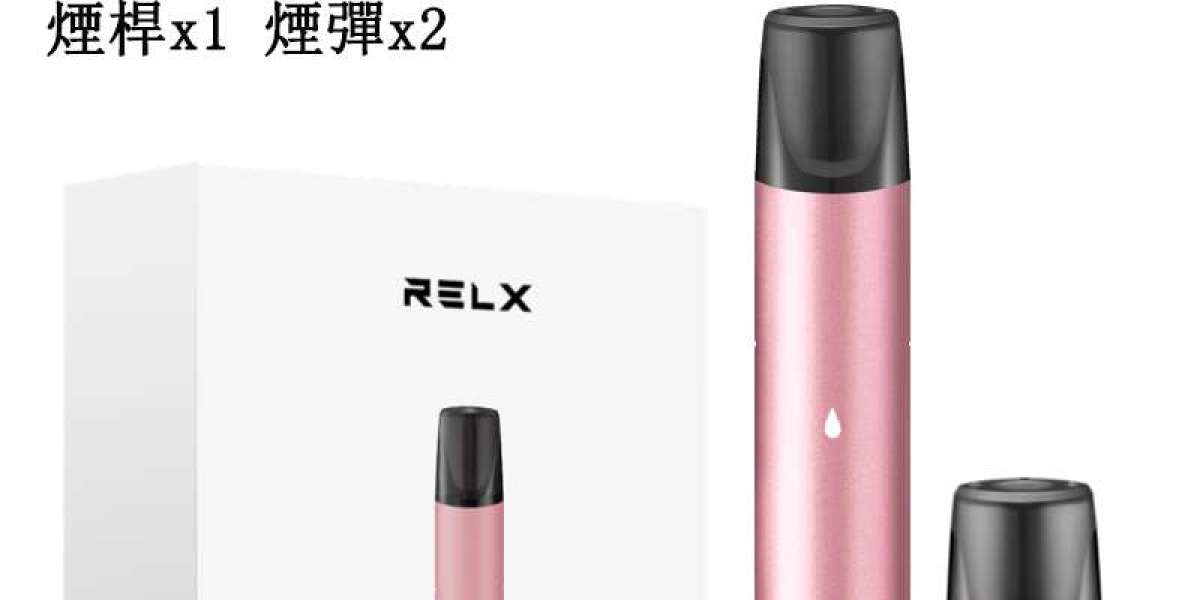The Battlefield 6 Grind
Modern multiplayer games like Battlefield 6 are notorious for their time-consuming progression systems. Achieving high ranks, unlocking exclusive skins, and completing difficult missions require hundreds of hours of gameplay, relentless focus, and consistent performance. For casual players or those balancing gaming with work, school, or other commitments, this grind can be frustrating.
Even seasoned players can hit plateaus where advancement feels impossible. Losing streaks, tough opponents, or simply not having enough time to play regularly can stall progression. This is precisely why boosting services have gained popularity—they provide a shortcut without compromising the gaming experience.
Why Choose U4GM Boosting Services?
U4GM has established itself as a trusted platform for Battlefield 6 boosting, and for good reason. The service focuses on professionalism, reliability, and security—three crucial factors that separate legitimate boosting services from risky alternatives.
Professional Boosters: U4GM employs experienced players who understand Battlefield 6’s mechanics inside out. These professionals can navigate challenging missions, improve rankings efficiently, and ensure that every objective is completed to the highest standard.
Safety and Security: One of the biggest concerns with boosting services is account safety. U4GM addresses this with secure transactions, encrypted login methods, and boosters who follow strict confidentiality protocols. Players can rest assured that their accounts are in safe hands.
Tailored Services: Whether you need rank boosting, mission completion, or unlocking premium items, U4GM offers customizable packages. This flexibility ensures that players get exactly what they need without paying for unnecessary services.
Time-Saving Advantage: Perhaps the most obvious benefit is the hours saved. What might take weeks of grinding can be achieved in a fraction of the time. This allows players to enjoy high-level gameplay without sacrificing personal time.
How U4GM Boosting Works
The process is straightforward and player-friendly. After selecting the desired service, players provide account details (or use a secure shared method) and specify objectives—whether it’s achieving a certain rank, completing difficult challenges, or acquiring premium items. U4GM’s professional boosters then take over, executing tasks efficiently and securely.
Communication is key throughout the process. Players can track progress, request updates, and even customize their boosting experience. This transparency sets U4GM apart from competitors who offer generic, unmonitored services.
The Benefits Beyond Ranking
While most players initially seek boosting to climb ranks, the benefits extend beyond mere numbers. Boosting can enhance a player’s understanding of Battlefield 6 mechanics, expose them to advanced strategies, and provide insights into top-tier gameplay. For casual players, this is a chance to observe and learn from professionals, improving their personal skills alongside their account progression.
Moreover, achieving milestones faster reduces frustration, keeps motivation high, and makes the overall gaming experience more enjoyable. Players can focus on strategy, teamwork, and fun, rather than repetitive grinding.
Conclusion
In a competitive gaming environment like Battlefield 6, progression shouldn’t be a source of stress. U4GM’s Battlefield 6 boosting services provide a reliable, secure, and efficient way for players to reach their goals—whether that’s climbing the ranks, completing challenging missions, or unlocking premium rewards.
With professional boosters, robust security measures, and flexible service options, U4GM empowers players to enjoy the game at its full potential. For anyone struggling with the grind or looking to enhance their Battlefield 6 experience, U4GM is more than just a service—it’s a partner in victory.
